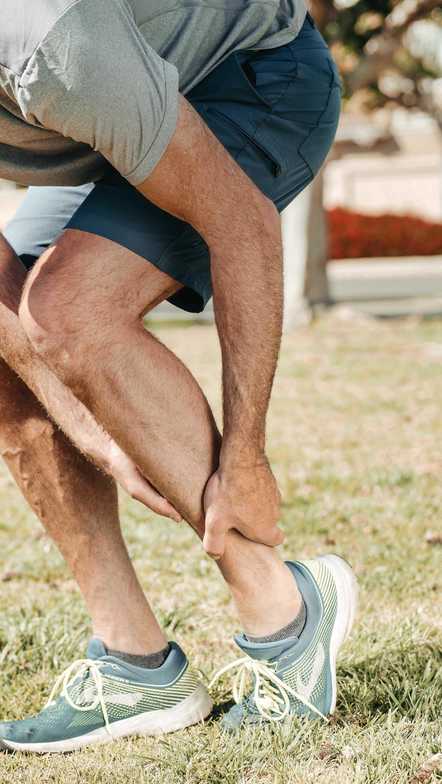
Shin splints are a common condition that affects many people who engage in high-impact activities, such as running and jumping. It is characterized by pain along the shinbone (tibia), which can be debilitating and limit one's ability to exercise or perform daily activities. While rest and ice can help alleviate the pain, chiropractic care and other soft tissue modalities can provide additional benefits that can speed up the healing process and prevent future occurrences.
Chiropractic care is a non-invasive treatment that focuses on the musculoskeletal system, especially the spine. It involves the manipulation and adjustment of the joints, which can help alleviate pain and improve mobility. For individuals with shin splints, chiropractic care can be beneficial in several ways.
Firstly, it can help identify the root cause of the condition. Shin splints can be caused by a variety of factors, such as improper running technique, weak muscles, and imbalances in the lower extremities. A chiropractor can perform a comprehensive evaluation of the patient's musculoskeletal system to identify any underlying issues that may be contributing to the condition. By addressing these issues, the patient can experience long-term relief from shin splints.
Secondly, chiropractic care can help reduce restrictions in the lower extremities. Restrictions in the hips, knees, and ankles can put additional stress on the muscles and bones in the lower leg, leading to the development of shin splints. By performing chiropractic adjustments, a chiropractor can reduce restrictions in these joints, reducing the strain on the lower leg and helping to prevent future occurrences of shin splints.
Soft tissue modalities, such as massage therapy and myofascial release, can also be beneficial for individuals with shin splints. These techniques involve the manipulation of the soft tissues, such as muscles, tendons, and ligaments, to improve circulation, reduce pain, and promote healing.
In addition to chiropractic care and soft tissue modalities, there are several other treatments and self-care strategies that can help alleviate the pain and discomfort of shin splints. These include:
- Rest: Avoid high-impact activities and rest the affected leg until the pain subsides.
- Compression: Wear compression socks or wrap the affected area with an elastic bandage to reduce swelling.
- Stretching: Perform gentle stretching exercises for the muscles in the lower leg, such as the calf and soleus muscles, to improve flexibility and reduce tension.
- Strengthening exercises: Perform exercises that target the muscles in the lower leg, such as calf raises, to improve strength and prevent future occurrences of shin splints.
- Dry Needling: Remove trigger points in tight muscles around the shin bone.
In conclusion, chiropractic care and soft tissue modalities can provide significant benefits for individuals with shin splints. By addressing the underlying issues that contribute to the condition, these treatments can help alleviate pain, improve mobility, and prevent future occurrences. If you are experiencing shin splints, consult with a chiropractor or other healthcare professional to determine the best course of treatment for your specific needs.



